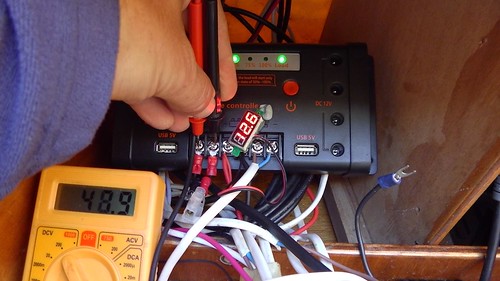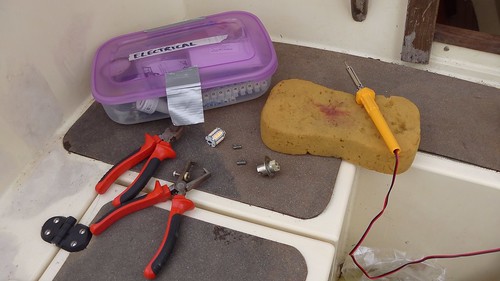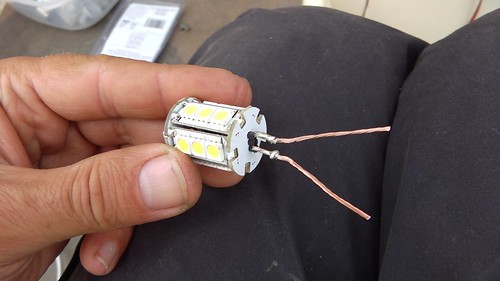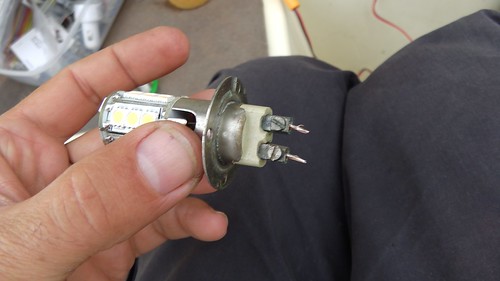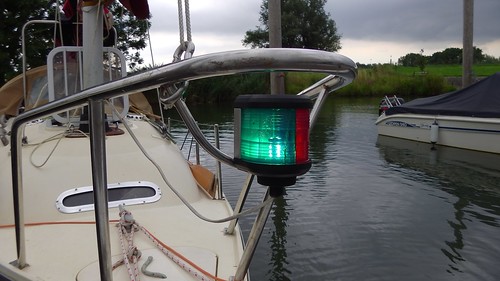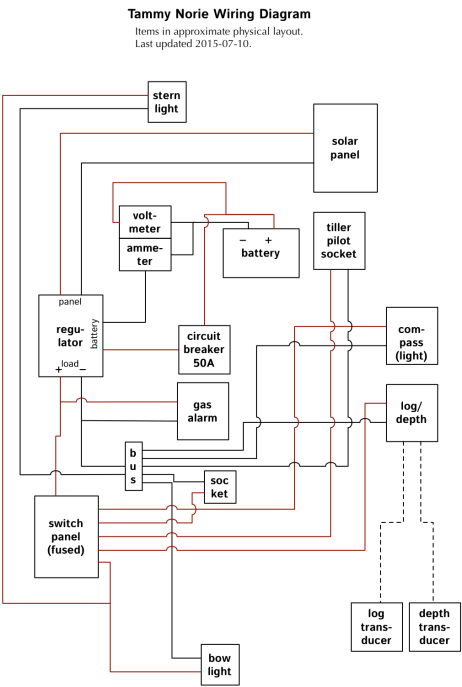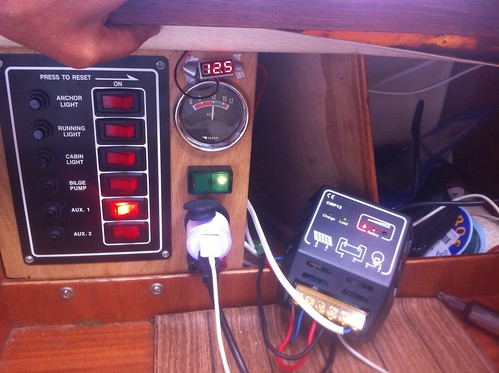I’ve been having some difficulty with my battery slowly running down over time, in spite of installing a second solar panel. I’d been advised to install a maximum power point tracking (MPPT) charge controller.
Solar panels don’t produce consistent power at all voltages. If you connect them directly to your battery their voltage is pulled down to around 12V, but many produce more power at around 20V. In fact, the ideal voltage varies with the light conditions.
An MPPT controller has a voltage converter to allow the panels to stay at a higher voltage, and it has a processor that adjusts that voltage to track the maximum power point.
But beware, many Chinese suppliers are sticking the letters MPPT on everything to get sales. Some controllers have even changed from being MPPT to not because manufacturers have economized on components. This is all fraudulent, of course, but hard to police.
YouTubers to the rescue. Amateur enthusiasts on YouTube like to review gadgets, and these helpful videos by Adam Welch reviewed a low cost controller.
I now have one of these installed on Tammy Norie and it appears to be doing the job nicely. I’ve been able to connect my two panels in series rather than parallel so that they’re producing over 12V even in quite low light. The controller seems to hold the combined voltage at about 48V in sunlight, suggesting that my NASA panels have a maximum power point around 24V.
I haven’t been able to get an accurate current measurement. My meter seems to upset the controller, which may indicate that it’s doing something quite delicate. Time will tell if this scheme works well and I will report back.
In the meantime, this is the eBay listing I used. Worth a try for £25 I thought.
Update 2017-09-19: So far this is not working very well and I don’t suggest buying this until until I’ve had a chance to do more experiments.

